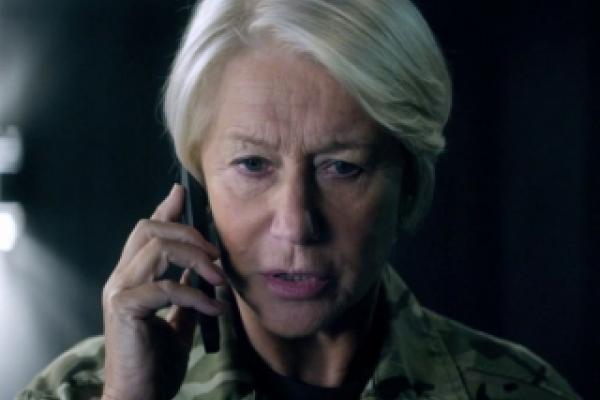STANLEY KUBRICK’S Dr. Strangelove or: How I Learned to Stop Worrying and Love the Bomb was released in 1964, and it was echoed later that year by a film on a similar topic, Fail-Safe. Directed by Sidney Lumet, Fail-Safe imagined the idea of a nuclear explosion being unpreventable by the people supposed to be in charge of it. Strangelove is hilarious but chilling satire; Fail-Safe is just chilling. The central notion, that ethics can’t be trusted to machines, lingers today: George Clooney produced a live television version of Fail-Safe as recently as 2000.
A current version of the dilemma is brilliantly portrayed in Eye in the Sky. Cutting between four main locations (a British government committee room, a military control center in the English countryside, a Nevada drone piloting bunker, and the Kenyan house from where a suicide bomb attack may be launched), it’s like a relentless tennis match in which the crisscrossing ball is a matter of life and death.
Who decides who can be killed? If blowing up the house will prevent an attack that might kill 80 people, how much does it matter that a little girl selling bread nearby will probably die too? What is legal? Does “legal” mean “right”? Such questions have rarely been handled with such compelling dexterity in a movie. Eye in the Sky deserves comparison with Dr. Strangelove and Fail-Safe because it doesn’t offer easy answers, only difficult questions, and its seamless movement between locations fully immerses the audience inside the debate. But it transcends those earlier films because of the way it treats the characters that might be seen as “other.”
Read the Full Article

